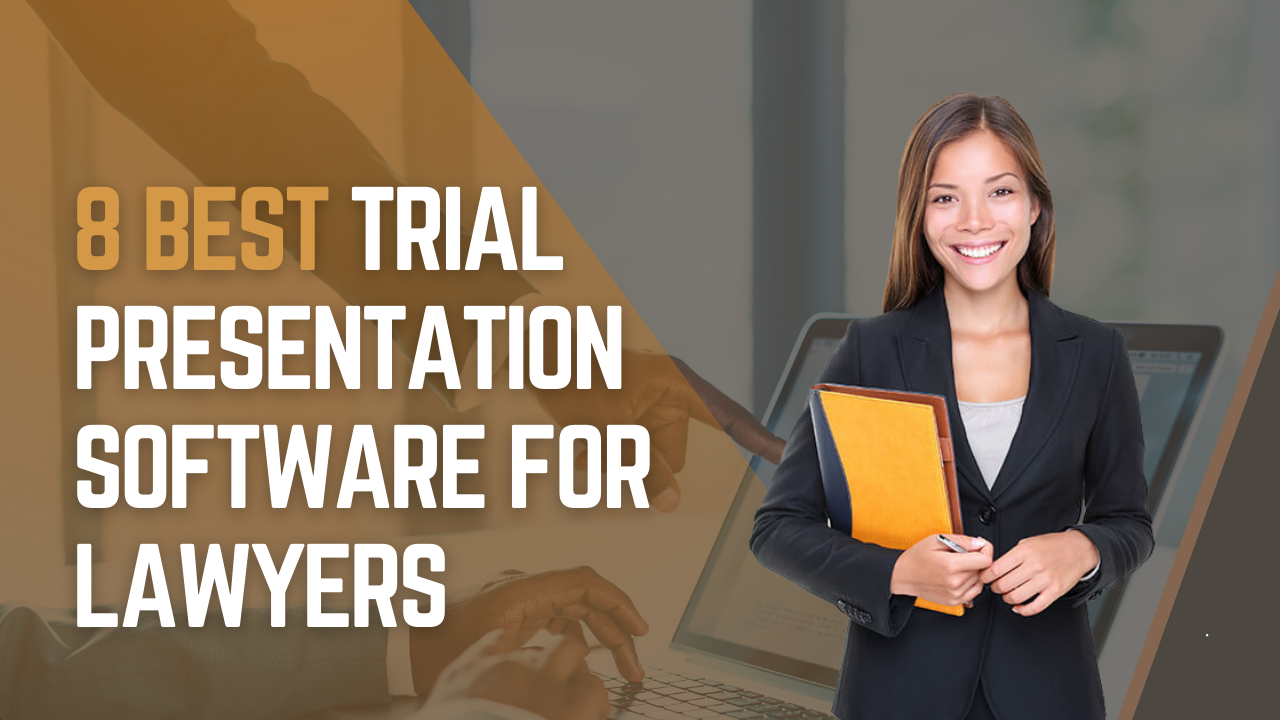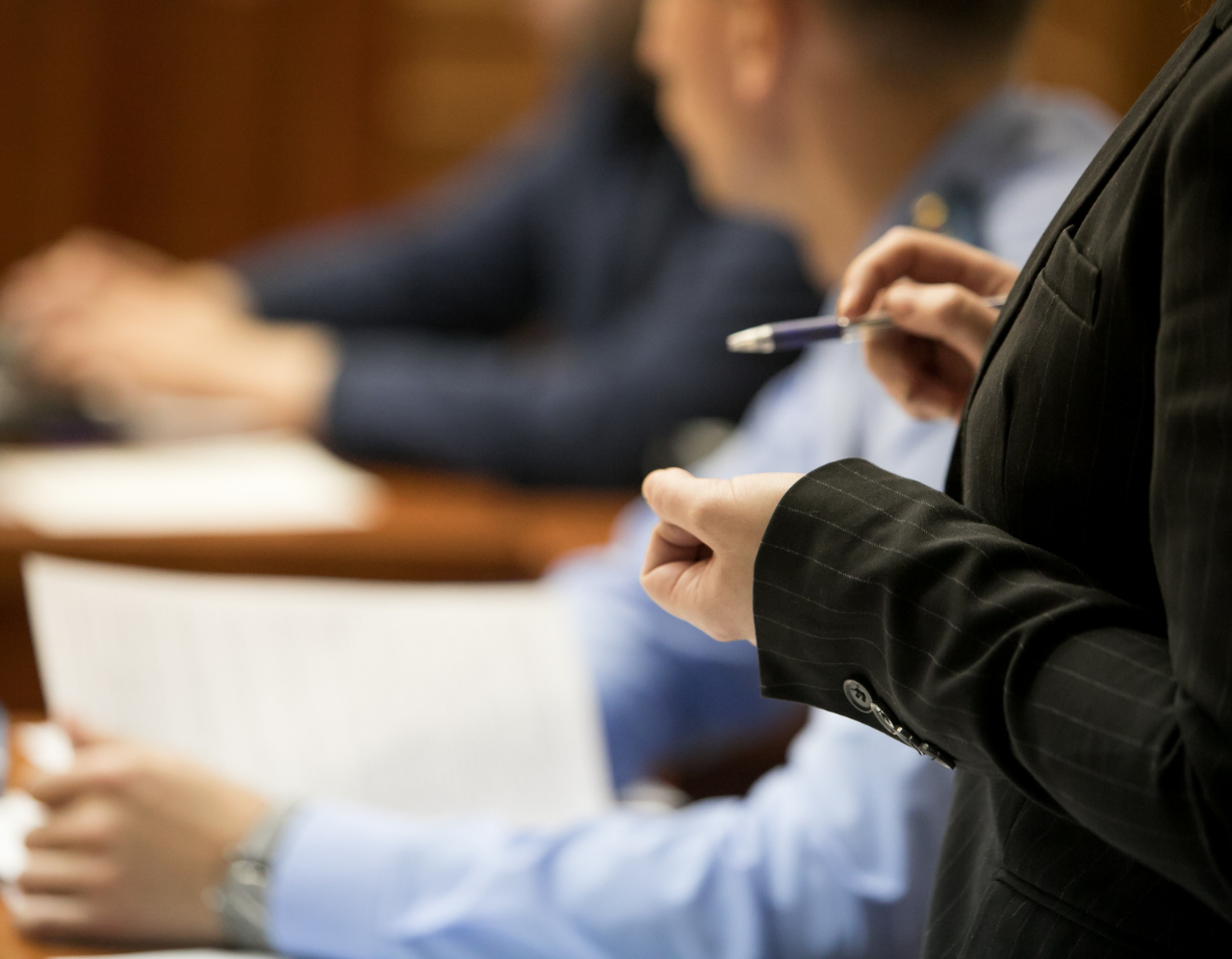Important Skills for Crafting Convincing Trial Presentations: A Comprehensive Guide
Important Skills for Crafting Convincing Trial Presentations: A Comprehensive Guide
Blog Article
Browsing the Complexities of Trial Presentations: Tips for Seamless Shipment and Compelling Debates
In the realm of lawful proceedings, the art of test presentation stands as a critical factor of success. As attorneys browse the intricate internet of courtroom characteristics, the ability to effortlessly deliver disagreements and evidence while mesmerizing the court's attention comes to be critical. The intricacies inherent in test discussions need a fragile equilibrium of skill, approach, and finesse. By honing methods that make certain a polished shipment and crafting engaging debates that resonate with the audience, lawyers can significantly improve their campaigning for. In a globe where persuasion preponderates, mastering the complexities of test discussions is not just an alternative but a requirement for those seeking to dominate in the court room.

Recognizing Test Objectives
To efficiently browse a test, it is critical to have a clear understanding of the objectives that need to be accomplished. Before tipping right into the court room, lawful groups must define their goals and desired results. These goals function as assisting concepts throughout the test, forming approaches and affecting decision-making procedures.
Recognizing test purposes entails a thorough evaluation of the instance, lawful criteria, and the customer's benefits. Trial Presentations. It calls for a careful exam of the realities, recognizing crucial problems, and expecting prospective difficulties. By setting quantifiable and details objectives, lawyers can tailor their arguments and presentations to line up with the preferred results
Moreover, a clear grip of test goals allows legal teams to focus on proof, witnesses, and legal arguments properly. It enables the advancement of a meaningful narrative that reverberates with the discretionary, reinforcing the general case discussion.

Organizing Proof Effectively
Having a clear understanding of trial objectives lays the structure for arranging evidence effectively in lawful procedures - Trial Presentations. By lining up the presentation of proof with the preferred end results of the test, legal groups can reinforce their disagreements and enhance their persuasiveness. One crucial facet of organizing evidence is classification. Grouping proof based on themes or importance to particular legal components can assist streamline the discussion and make complex details a lot more digestible for the court or jury.
One more key aspect in arranging evidence properly is establishing a sensible flow. Providing evidence in a meaningful and consecutive manner can assist construct a compelling story that sustains the legal disagreements being made. In addition, using aesthetic help such as graphs, timelines, or graphes can even more boost the organization of evidence and help in making clear complex connections or series of occasions.
Furthermore, making sure that all proof offered is appropriate and permissible to the case is important. Inadmissible or unnecessary evidence can diminish the strength of the disagreement and possibly hurt the reputation of today party. A meticulous review and option procedure need to be taken on to consist of just the most lawfully audio and impactful evidence in the trial presentation.
Crafting Persuasive Stories
Crafting compelling stories plays a critical duty in offering convincing debates throughout lawful procedures. When constructing a story for a trial presentation, it is important to develop a clear storyline that highlights crucial points and links them in a coherent fashion. By weaving together proof, testament, and legal debates into a convincing and natural narrative, lawful professionals can successfully advocate for their clients and raise the possibility of a desirable outcome in the court.
Mastering Visual Help
Reliable use of visual help is key to enhancing the effect and quality of trial presentations. Aesthetic help, when made use of strategically, have the power to streamline intricate details, reinforce bottom lines, and leave a long-term impression on the discretionary. To grasp aesthetic help in test presentations, it is important to make sure that they are clear, succinct, and pertinent to the arguments being made.
When incorporating visual aids, such as charts, pictures, charts, or timelines, right into a test discussion, it is necessary to keep them visually appealing yet professional. The visuals should complement the verbal arguments, providing a visual representation of the information being discussed without frustrating the target market with unneeded information.
Additionally, experimenting the visual aids beforehand is vital to make sure a seamless delivery during the test. Acquainting oneself with the material, shifts, and timings of each visual aid can aid keep the flow of the presentation and prevent technological problems that may occur.
Delivering Impactful Closing Debates
A compelling closing disagreement serves as the conclusion of a test presentation, enveloping the core narrative and convincing the judge and jury in the direction of a beneficial choice. Begin by outlining the primary arguments that support your customer's position, highlighting why the proof presented throughout the trial sustains your narrative.
Additionally, including emotional charm can further enhance your closing debate. By attaching and humanizing the case on a personal degree with the decision-makers, you can stimulate compassion and understanding, influencing their understanding of the realities offered. Additionally, restating the lawful standards that have to be met for a favorable ruling can strengthen the click legitimacy of your position. Ultimately, a well-crafted closing debate should leave an enduring impact, engaging the court and jury to rule in your client's favor.
Final Thought
Finally, grasping test presentations includes comprehending goals, organizing evidence, crafting narratives, utilizing aesthetic aids, and providing impactful closing disagreements. By executing these techniques efficiently, lawyers can present their case flawlessly and make engaging debates in the court. It is important to navigate the complexities of test discussions with precision and skill to attain success in lawful procedures.
By lining up the presentation of proof with the preferred results of the trial, lawful teams can strengthen their debates and boost their persuasiveness (Trial Presentations). To grasp visual help in trial presentations, it is click to investigate critical to make sure that they are clear, concise, and relevant to the debates being made
A compelling closing argument offers as the culmination of a test presentation, encapsulating the core story and persuading the court and jury in the direction of a positive decision. Begin by laying out the primary arguments that sustain your client's placement, you could try here highlighting why the proof provided throughout the test supports your story.In final thought, understanding trial discussions includes recognizing goals, arranging evidence, crafting stories, utilizing aesthetic aids, and providing impactful closing arguments.
Report this page